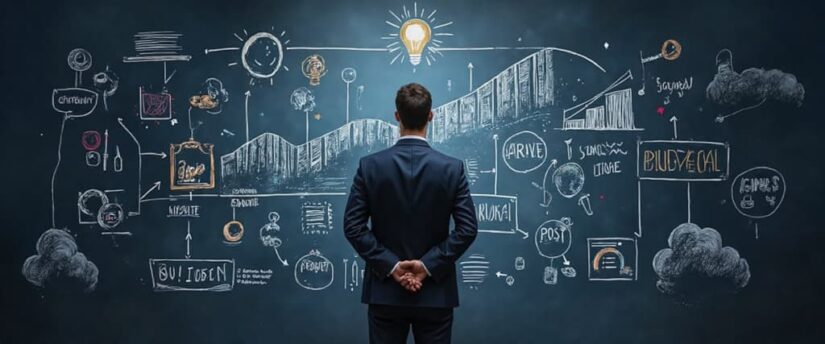Michael Ferrier created an app that lets users test hypotheses about stock market movements using remote viewing — a technique where participants attempt to “see” objects or events at a distance using only their minds. The idea is to tap into the knowledge of psychics from around the world to predict stocks, and the app has already gained popularity and no wonder. Potentially, this could become a real “goldmine” for entrepreneurs looking to stay one step ahead.
We tested the app and noticed a few limitations, especially for those who want to develop their skills independently. While there’s a hypothesis that all people have paranormal abilities, you need to learn how to use them. For serious, self-guided exploration of remote viewing, we recommend Verevio.
It is for those who want to start with the basics and train systematically. Verevio app offers a wide range of trainers — including FIRST, Tetrad, and Pentad Runes — that cover all the foundational stages of remote viewing and allow you to gradually develop each skill on your own. It is also said that after 2-3 months of daily use you can already notice a difference. Very interesting — but still have questions? Let’s figure it out together.
How Do We Know This Method Actually Works?
There are many examples where this method has actually worked. Notable cases from Ingo Swann include:
- Remote viewing of Jupiter
- Soviet missile sites’ location
- Remote viewing of Mercury
Ingo Swann is often called the father of Remote Viewing, as he and other psychics developed the practice in the 1970s under controlled experiments sponsored by the CIA.
If you explore YouTube channels of remote viewing practitioners, you can find even more examples of successful practice.
How Can You Use This in Your Business?
There are businesses where the field of research is so vast that it needs to be narrowed down. Work on such a large scale can be expensive due to the size of the area or the amount of material that needs to be processed. In these cases, “clues” become essential.
The idea that you can extract these clues directly from your own mind isn’t new — it’s just largely unexplored so far. Yet, it has the potential to bring significant advantages.
Below is a list of business sectors where this approach is relevant and, in some cases, already in use.
- Archaeology – locating/exploring historical sites, artifacts, or hidden structures.
- Logistics & Supply Chain – tracking shipments, predicting delays, or optimizing routes.
- Risk Management – anticipating market fluctuations, political events, or operational risks.
- Hunting & Exploration – finding hidden resources, rare species, or remote locations.
- Medicine & Healthcare – locating missing information in diagnostics, early detection of anomalies.
- Treasure & Asset Recovery – searching for lost valuables, sunken ships, or forgotten assets.
- Security & Intelligence – locating threats, lost persons, or monitoring high-risk zones.
- Investments & Trading – predicting stock movements, commodity trends, or market shifts.
- Sports – predicting winners.
- Environmental Studies – tracking endangered species, mapping remote ecosystems, or assessing disaster impacts.
- Event Forecasting & Planning – anticipating project bottlenecks, public reactions, or logistical challenges.
What Are Limitations and Skepticism?

Remote viewing fascinates a huge number of people around the world. Yet, another half remains skeptical due to the lack of solid scientific evidence. Controlled experiments often fail to produce consistent or replicable results — though this happens in mainstream science as well, which suggests a shared challenge rather than a unique flaw.
Why do people practice it despite the skepticism? Many see it as a hobby, a way to explore their intuition, find an extra advantage, simplify the choice task we face daily, or simply experiment with the unknown.
But it is worth noting that achieving sustainable success through remote viewing requires discipline. The main limitation lies not in the method itself, but in the lack of experience and practice. Remote viewing demands not only knowledge, but also consistent and long-term training. As we mentioned above, you need to learn the fundamentals before proceeding in your learning of remote viewing. However, if you want to use it for fun, this is also the case. Those who got interested, we left some tips for you below.
Bottom Line & Recommendations
Since remote viewing is not yet mature enough to replace standard business intelligence, we recommend using it as a complementary tool, introduced step by step:
- Start small. Apply it to projects where you can measure outcomes, monitor performance, and track both hits and misses.
- Combine it with conventional analytics. Use remote viewing insights to support or challenge existing data, not to replace it.
- Be transparent. Keep stakeholders informed about the experimental nature of the method to maintain credibility and trust.
- Invest in proper training. Skilled viewers and structured methodology are key to improving accuracy and consistency over time.
